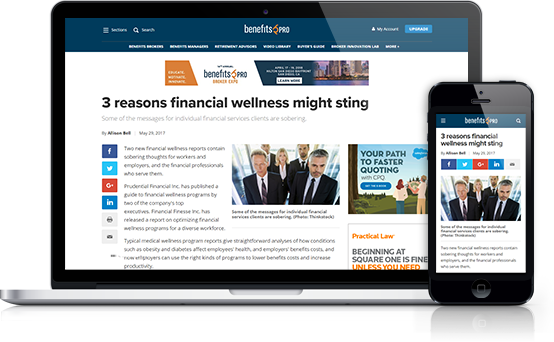 U.S. Department of Labor building in Washington, D.C, on January 12, 2022. Photo: Diego M. Radzinschi/ALM
U.S. Department of Labor building in Washington, D.C, on January 12, 2022. Photo: Diego M. Radzinschi/ALM
The issue for businesses of whether workers are properly classified as independent contractors or employees has long been a challenge. The rules regarding such classification (or at least the manner in which the rules are enforced) seem to change with each administration in Washington and also vary by federal agency as well as by each state government. After unsuccessfully attempting to delay the implementation of the rule issued by the Department of Labor (DOL) in the last hours of the Trump administration in early 2021, the Biden DOL now intends to issue its own rule.
Recommended For You
Complete your profile to continue reading and get FREE access to BenefitsPRO, part of your ALM digital membership.
Your access to unlimited BenefitsPRO content isn’t changing.
Once you are an ALM digital member, you’ll receive:
- Breaking benefits news and analysis, on-site and via our newsletters and custom alerts
- Educational webcasts, white papers, and ebooks from industry thought leaders
- Critical converage of the property casualty insurance and financial advisory markets on our other ALM sites, PropertyCasualty360 and ThinkAdvisor
Already have an account? Sign In Now
© 2025 ALM Global, LLC, All Rights Reserved. Request academic re-use from www.copyright.com. All other uses, submit a request to [email protected]. For more information visit Asset & Logo Licensing.








